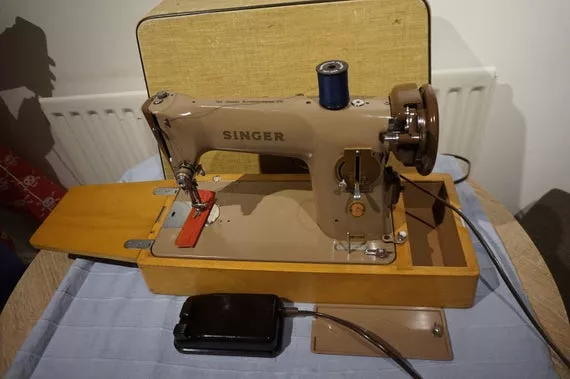Through the eye of a needle
Published on 4th May 2021
Needlework can be tracked through time from the earliest weaving of grasses and palms to the stitching together of furs and animal hides to today’s high street fashion and haute couture. However, the great Chinese discovery of silk thread in the Neolithic period, was the precursor of all things - linen, cotton, wool, and textiles.
The invention of petroleum-based synthetic fibres resulted in the mass production of cheap, throwaway clothes, putting pressure on the environment; this explains the current trend for recycling and upcycling. Appreciation for the art of the handcrafted item is growing in tandem with our eco values.
Repetitive handwork required in many on trend pastimes can be soothing and calming, an article from Psychology Today reported that hand activity from knitting to wood-working, “is useful for decreasing stress, relieving anxiety and modifying depression.”
Another plus is the fact that busy hands can’t eat, smoke or drink thereby contributing to a healthy lifestyle. The industrial revolution brought enormous change to the lives of needle workers and skilled artisans in the late eighteenth century and many lost their jobs to new mills and factories. An era of unrest, the luddite revolt, followed as some disgruntled workers took to smashing machines.
Today the term luddite is used disparagingly to describe technophobes. The Irish Arts and Crafts movement sought to promote the ideal of fine craft, advancing the valuable contribution made by women at that time. (Due to Level 5 JSTOR - The Ireland Collection is unavailable presently).
Ireland’s excellence in lace making grew and expanded in famine times when charity workers taught local women in places like Carrickmacross how to do lacework to help them set up cottage industries as a means out of their hardship.

In the twentieth century knitting and sewing factories sprung up all over Ireland. Piece work was done in the home for Irish fashion brand names with little return for the crafter. In the new Irish state many women were obliged to leave work when they married and turned to developing expertise in tailoring, sewing, crochet and knitting.
In fifties and sixties Ireland women like my mother made original designs, cutting and sewing garments for house and home on the foot pedalled Singer sewing machine. The chugga-chugga sound reverberated throughout homes across the land. Clothes were adjusted and handed down to other family members. There was no waste. The rag and bone man collected anything beyond redemption. Women from this era reared a generation on their wits and skills and are mostly written out of history.
Today the craft fair is where we would see the best of Irish craft on display and where the renaissance in needlework among a younger demographic is visible. Covid-19 has allowed people the time to learn new processes and to revisit old ones. If you think you would like to have a go at handcrafting but haven’t a clue where to begin. Why not start here and check out what libraries have to offer. Craft books and ‘How To’ books are available on BorrowBox.
Arts & crafts, and hobbies classes are available on Universal Class. It all begins with the first step.
Submitted by Liz from Pearse Street Library.